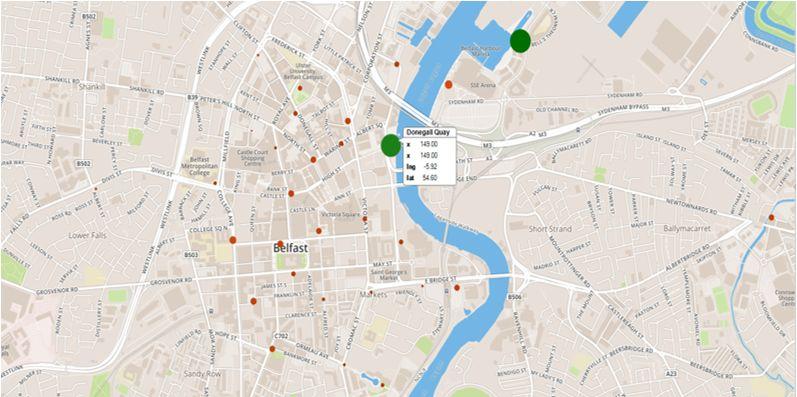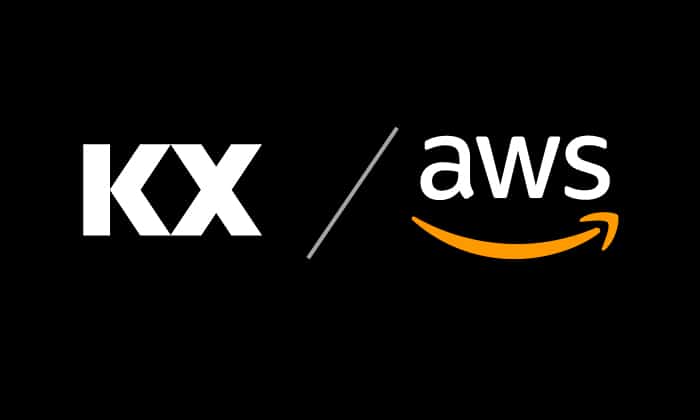Smart Belfast Collaborative Challenge & Belfast Bikes
Data Intellect
With the recent launch of Smart Belfast Collaborative Challenge by Invest NI and Belfast City Council we thought we’d write a short blog about the existing transport success story of BelfastBikes.
If any companies are interested in talking to AquaQ Analytics about their proposed collaborative network and assistance on data please contact us on info@aquaq.co.uk

We noticed an API end-point publicly available on https://nextbike.net that gives data on certain bike and station metrics.
For example, we were able to view an xml of information on Belfast Bikes at: https://nextbike.net/maps/nextbike-live.xml?city=238
Given this API, what data analysis can we perform?
The nextbike platform provides an xml of raw data, detailing bike availability at each station in the cities and countries where the system exists. In particular, we have focused on Belfast (city 238) where BelfastBikes has 43 docking stations available to rent a bike from, although we can modify this to be any city on the platform, using the respective city number.
Using kdb+ we can pull this data periodically off the web and create a time-series database to perform analysis on, made possible by the TorQ framework. Taking advantage of TorQ’s capabilities, the process has been enhanced to include error logging, history logging and an extension of the kdb+ built-in timer, making it repeat until a specified end-time. Theoretically this allows us to view log files for any date and rebuild the usage of BelfastBikes for any date where we have collected information.
What does the data tell us?
Once a database has been created, time-series and other queries can be executed against the data. For example, by rebuilding the table for yesterday’s bike usage, we can create a mapping of ‘routes’ that each bike has taken, i.e. where the bike has checked in during those 24 hours and at what time during the day.
Each date partition of our database contains a splayed table for that day’s data, named place. We can query these tables, for example finding out how many rentals were taken from each docking station during that particular day:
 Or we could query across a range of dates within the database, for example finding out which was docking station was most popular across several days:
Or we could query across a range of dates within the database, for example finding out which was docking station was most popular across several days:

 It is worth noting here that the maximum number of rentals at a particular station is much higher for a Saturday and Sunday than it is on a Monday.
It is worth noting here that the maximum number of rentals at a particular station is much higher for a Saturday and Sunday than it is on a Monday.
Instructions for downloading the package and starting the process can be found here:
https://github.com/AquaQAnalytics/TorQ-Bikes
TorQ-Bikes requires the use of TorQ which can be downloaded from here:
https://github.com/AquaQAnalytics/TorQ
We are able to visualize this data by running Datawatch Panopticon (www.panopticon.com) on top of our kdb+ database, for example seeing where the hotspots for rentals are according to the size and colour of the points on the map:

For more information on any of the information or technologies please contact us:
AquaQ Analytics Limited – info@aquaq.co.uk
Share this:
















